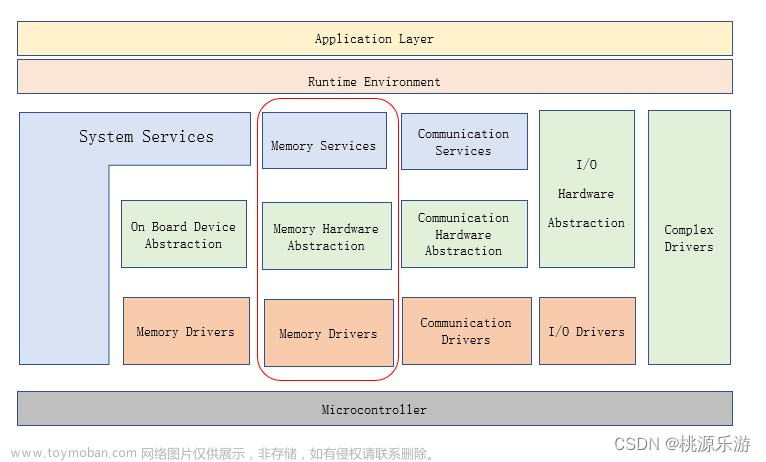什么是Intent?
Intent是各个组件之间信息沟通的桥梁,它用于Android各组件之间的通信,主要完成下列工作:
- 标明本次通信请求从哪里来、到哪里去、要怎么走。
- 发起方携带本次通信需要的数据内容,接收方从收到的意图中解析数据。
- 发起方若想判断接收方的处理结果,意图就要负责让接收方传回应答的数据内容。
Intent的组成部分

一、显式Intent和隐式Intent
1、显式Intent
显式Intent,直接指定来源活动与目标活动,属于精确匹配,有三种构建方式:
- 在Intent的构造函数中指定。
- 调用意图对象的setClass方法指定。
- 调用意图对象的setComponent方法指定。
(1)在Intent构造函数中指定
例:
Intent intent = new Intent(this,ActNextActivity.class)//创建一个目标确定的意图(2)调用意图对象的setClass方法指定
例:
Intent intent = new Intent();//创建新意图
intent.setClass(this,ActNextActivity.class)//设置意图要跳转的目标活动(3)调用意图对象的setComponent方法指定
例:
Intent intent = new Intent();//创建新意图
//创建包含目标活动在内的组件名称对象
ComponentName component = new ComponentName(this,ActNextActivity.class);
intent.setComponent(component);//设置意图携带的组件信息2、隐式Intent
没有明确指定要跳转的目标活动,只给出一个动作字符串让系统自动匹配,属于模糊匹配。
通常APP不希望向外部暴露活动名称,只给出一个事先定义好的标记串,这个动作名称标记串,可以是自己定义的动作,可以是已有的系统动作,常见系统动作取值如下:

例:
java
public class ActionUrlActivity extends AppCompatActivity implements View.OnClickListener {
@Override
protected void onCreate(Bundle savedInstanceState) {
super.onCreate(savedInstanceState);
setContentView(R.layout.activity_action_url);
findViewById(R.id.btn_dial).setOnClickListener(this);
findViewById(R.id.btn_sms).setOnClickListener(this);
findViewById(R.id.btn_my).setOnClickListener(this);
}
@Override
public void onClick(View view) {
String phoneNo = "12345";
Intent intent = new Intent();
switch (view.getId()){
case R.id.btn_dial:
//设置意图动作为准备拨号
intent.setAction(Intent.ACTION_DIAL);
Uri uri = Uri.parse("tel:"+phoneNo);
intent.setData(uri);
startActivity(intent);
break;
case R.id.btn_sms:
//设置意图动作为发短信
intent.setAction(Intent.ACTION_SENDTO);
Uri uri2 = Uri.parse("smsto:"+phoneNo);
intent.setData(uri2);
startActivity(intent);
break;
case R.id.btn_my:
intent.setAction("android.intent.action.NING");
intent.addCategory(Intent.CATEGORY_DEFAULT);
startActivity(intent);
break;
}
}
}xml
<LinearLayout xmlns:android="http://schemas.android.com/apk/res/android"
xmlns:tools="http://schemas.android.com/tools"
android:layout_width="match_parent"
android:layout_height="match_parent"
android:orientation="vertical">
<TextView
android:layout_width="match_parent"
android:layout_height="wrap_content"
android:padding="5dp"
android:text="点击以下按钮向号码发起请求"/>
<Button
android:id="@+id/btn_dial"
android:layout_width="match_parent"
android:layout_height="wrap_content"
android:text="跳到拨号页面"/>
<Button
android:id="@+id/btn_sms"
android:layout_width="match_parent"
android:layout_height="wrap_content"
android:text="跳到短信页面"/>
<Button
android:id="@+id/btn_my"
android:layout_width="match_parent"
android:layout_height="wrap_content"
android:text="跳到我的页面"/>
</LinearLayout>需要跳转到的自定义的页面的AndroidManifest.xml文件
<activity
android:name=".ButtonClickActivity"
android:exported="true">//需要设置为true,意为允许其他应用跳转
<intent-filter>
<action android:name="android.intent.action.MAIN" />
<category android:name="android.intent.category.LAUNCHER" />
</intent-filter>
//添加的代码:
<intent-filter>
<action android:name="android.intent.action.NING" />
<category android:name="android.intent.category.DEFAULT" />
</intent-filter>
</activity>

 文章来源:https://www.toymoban.com/news/detail-408856.html
文章来源:https://www.toymoban.com/news/detail-408856.html
文章来源地址https://www.toymoban.com/news/detail-408856.html
到了这里,关于【Android】-- Intent(显式和隐式Intent)的文章就介绍完了。如果您还想了解更多内容,请在右上角搜索TOY模板网以前的文章或继续浏览下面的相关文章,希望大家以后多多支持TOY模板网!












